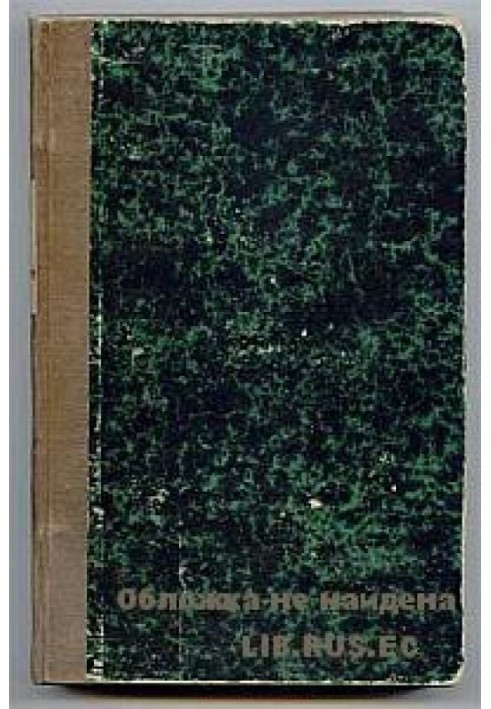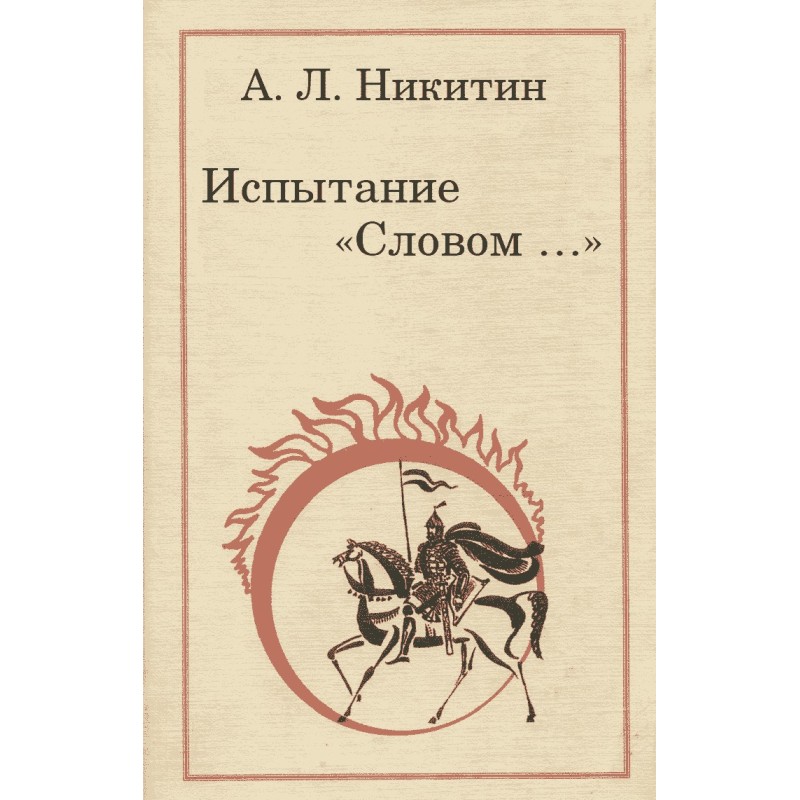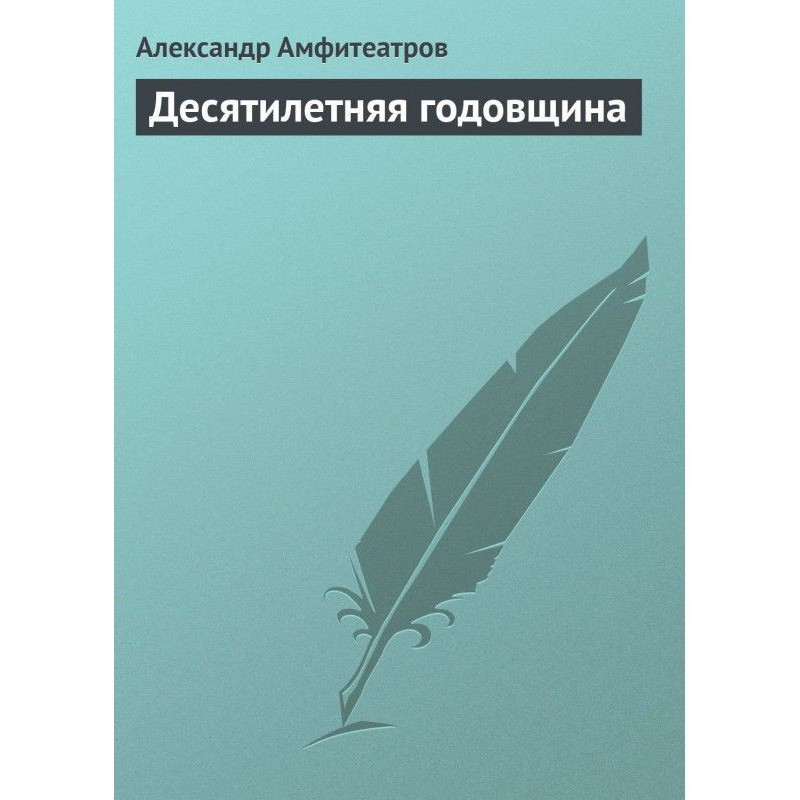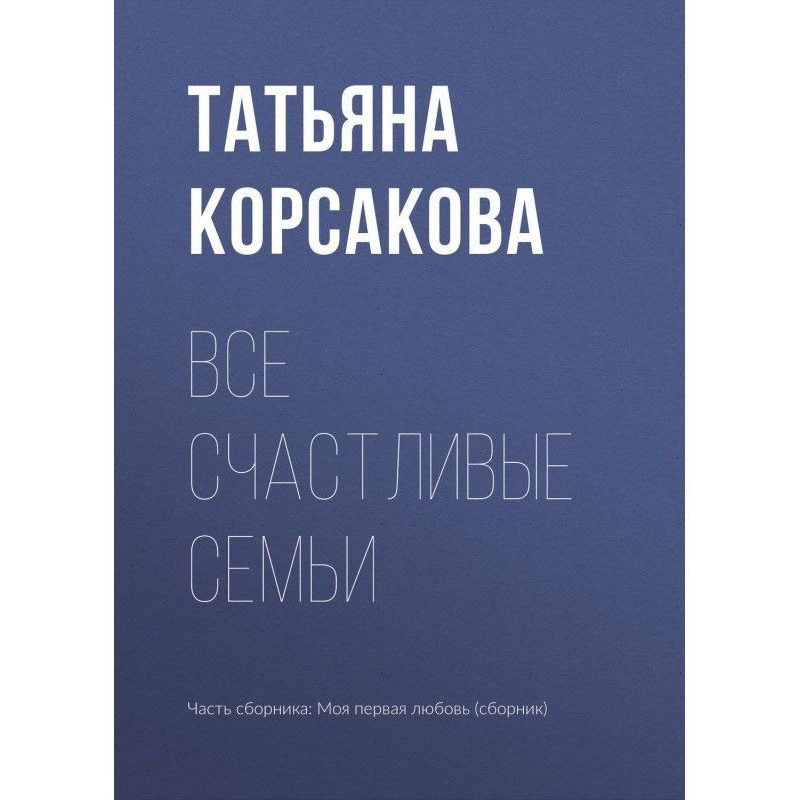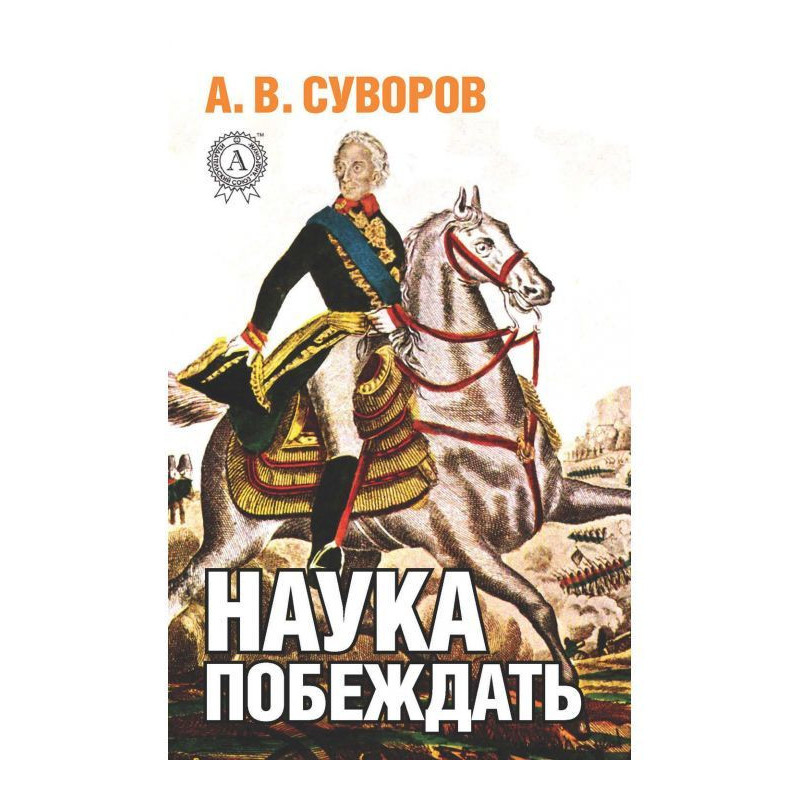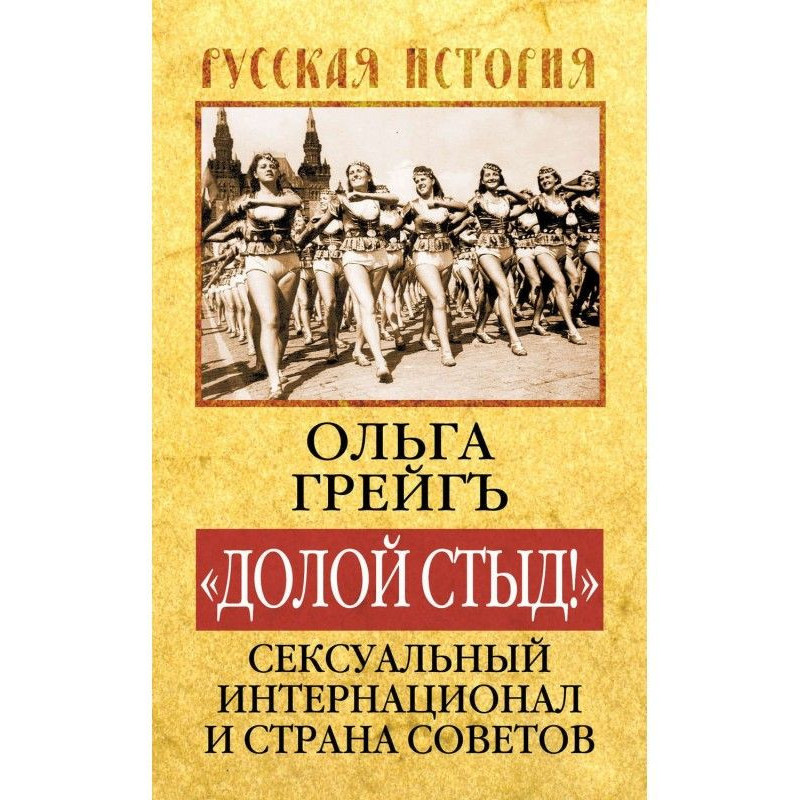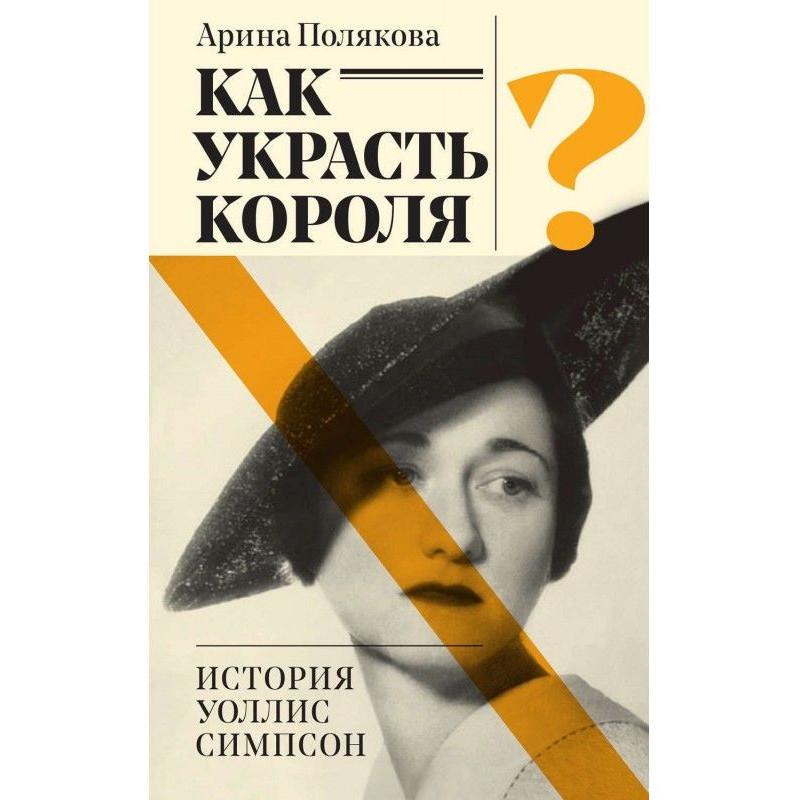Roads of centuries
 Instant download
Instant download
after payment (24/7)
 Wide range of formats
Wide range of formats
(for all gadgets)
 Full book
Full book
(including for Apple and Android)
...If in the first years on the shores of Lake Pleshcheevo I found sites on the sandy ramparts of the ancient shore, rising two to four meters above the lake, then, as experience accumulated and new questions arose, I increasingly had to go down into the damp the lake floodplain... However, the most interesting thing awaited me in Poltsa. Digging this huge multi-layered settlement, where, like business cards, lie shards of a wide variety of cultures, often hundreds of kilometers apart from each other, was difficult. Difficulties arose because deadlines were pressing: over the summer it was necessary to open up a large area to make room for the construction of a railway station, everything had to be sorted out at once, everything had to be seen, compared, weighed. It was impossible to stop, think, put it off until the next season in order to return with new strength and new thoughts: At the same time, digging was excitingly interesting. Every day something new was discovered - new relationships between archaeological complexes, new possibilities for interpreting the past, new facts that were sometimes understood years later. It was an amazing summer on the banks of a river that was still clear and fishy at that time, under the sun and pine trees, where the past was interspersed with the present , deep antiquity - modernity. I talked about this time in my book “Roads of Centuries” - about how we lived, dug and what we found...
Archaeology has always been for me not the “science of antiquities”, as this word is accurately translated, but “the science of the past,” and the past included not only the history of human society, but also the history of the biosphere as a whole... And therefore, we will talk here not so much about objects found during excavations, but about the patterns that the analysis of these objects indicates; not so much about facts, but about processes unfolding over thousands of years; not so much about the consequences, but about possible causes, the sources of which sometimes have to be sought outside the biosphere. And in order to see all this, to understand what place in space and time the past occupies, limited by one or another square of the excavation, a modern archaeologist must be able to overcome these boundaries, be able to rise above them, combining in his mind the results of many studies. That is why now I write not only as a writer or only as an archaeologist, but as both of them together. Andrei Leonidovich Nikitin.
Data sheet
- Name of the Author
- Андрей Никитин Леонидович
- Language
- Russian
Reviews
Вражаюча подорож в минуле
Книга "Дороги віків" - це справжній скарб для всіх, хто цікавиться археологією та історією. Андрій Леонідович Нікітін майстерно поєднує особистий досвід розкопок з науковим аналізом, що робить читання не лише захоплюючим, але й пізнавальним. Автор детально описує свої пригоди на берегах Плещеєва озера, розкриваючи таємниці минулого через призму археологічних знахідок. Його спостереження про закономірності, що виникають з аналізу артефактів, відкривають нові горизонти для розуміння історії людства та біосфери. Книга спонукає замислитися над тим, як наше минуле впливає на сучасність, і які уроки ми можемо винести з історії. Нікітін вміло передає емоції та напруження, які супроводжують археологічні розкопки, і це робить його оповідь живою та динамічною. Рекомендую цю книгу всім, хто прагне заглибитися в історію та відчути дух відкриттів!

